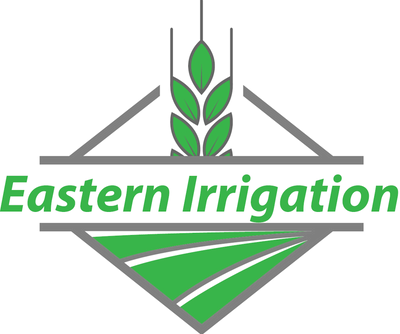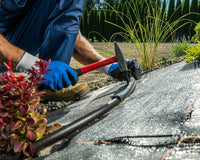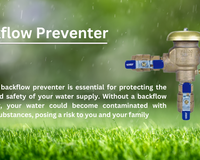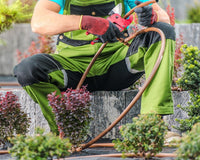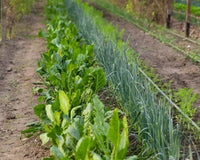When summer rolls around, every plant owner's primary concern is keeping their green friends hydrated during the scorching heat.

Manual watering is not only time-consuming, but it also runs the danger of irregular watering, which leads to water waste or, worse, dehydrated plants. This is when the wonder of drip irrigation systems comes into play.
These systems let you to automate your daily plant-watering during the hot summer months, giving your plants the hydration they require while giving you more time to enjoy your summer activities.
Rise in Demand for Drip Irrigation Systems

Drip irrigation is becoming the go-to choice for homeowners looking for efficient watering solutions that do not require constant monitoring.
These systems avoid water waste from evaporation, over-watering, or under-watering by delivering water straight to the plant base—right where it is needed.
Here's what a drip irrigation system can offer you:
- Water conservation: By delivering water directly to the roots, these systems minimize water wastage.
- Time efficiency: Automation saves time that you would otherwise spend watering plants.
- Consistent moisture levels: Regular, timed watering ensures your plants never get too dry or too wet.
These advantages allow you to go on impromptu summer vacations without worrying about your plants wilting in the heat or the additional price of hiring a professional plant keeper.
Uncomplicated Drip Irrigation Setups
Drip irrigation can be as simple or as complex as your garden requires. The most straightforward projects include a single dripper system for potted plants or a soaker hose drip irrigation system for a raised bed garden.
You can also set up systems for targeted watering in specific landscape areas. Furthermore, numerous companies sell ready-to-install kits for these systems.
Let's look at how to choose and operate automatic drip systems built for containers for plant lovers who prefer pot gardening throughout the summer months.
Designing and Installing an Automated Drip Watering System for Potted Plants
If you have potted plants, automated drip watering systems can help maintain their hydration without any manual work.
Such a system uses a drip line inserted into the pot and connected to a timer set to water the plants at specific intervals.
Once the timer is programmed, your plants will receive the water they need without any additional effort on your part.
For those with multiple pots in a larger space that need irrigation, a customized automatic drip watering system could be the answer.
This requires drafting a plan for the system and selecting the right materials to use. Once your plan is ready, you can start installing the system, ensuring the components are correctly connected to a timer or controller.
Determining the Right Watering Duration
It's critical to know how long to water your container plants when using an automatic drip watering system. The type of plants, the size of the container, and the weather are all factors that determine watering duration. Container plants should typically be watered once daily for 20-30 minutes.
Here are some further suggestions to maximize the efficiency of your drip irrigation system:
- Pick a system suitable for your container's size and layout.
- Group together plants that have similar watering needs.
- Regularly check soil moisture to prevent over or under-watering.
- Adjust the system as needed for changing weather conditions.
- Clean the emitters regularly to prevent clogging.
Automating your summer garden care doesn't need to be a difficult task.
You can assign the watering work to technology by adopting modern drip irrigation systems and setting up an autonomous watering schedule.
The precise water supply and conservation features of these systems give you more time to enjoy your outside environment. With a little effort and basic equipment, you can set up a drip irrigation system that will keep your plants colorful and healthy all summer.
